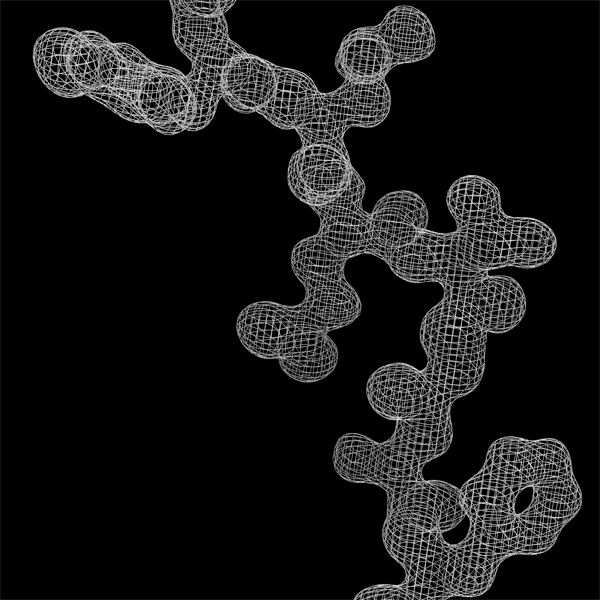Question #96928
1 Answer
Electron density maps are three-dimensional plots of the electron density in a crystal structure as determined by X-ray diffraction experiments.
Explanation:
In an X-ray diffraction experiment, X-rays scatter from the electron clouds of the atoms in the crystal lattice.
The electron density at each point in space is calculated from the intensities of the scattered waves and plotted as a three-dimensional electron density map.
The plot is often in the form of a three dimensional mesh.
You use an electron density map to predict which atoms could fit in that mesh.
If the resolution is high enough, say, 50 pm to 150 pm, you can get a good idea of what atoms are present.
Electron density maps are used heavily in the crystallography of proteins to determine their structure.
Here is a portion of an electron density map of a protein at 170 pm resolution.

It is good enough to identify the side-chains in the amino acids.

